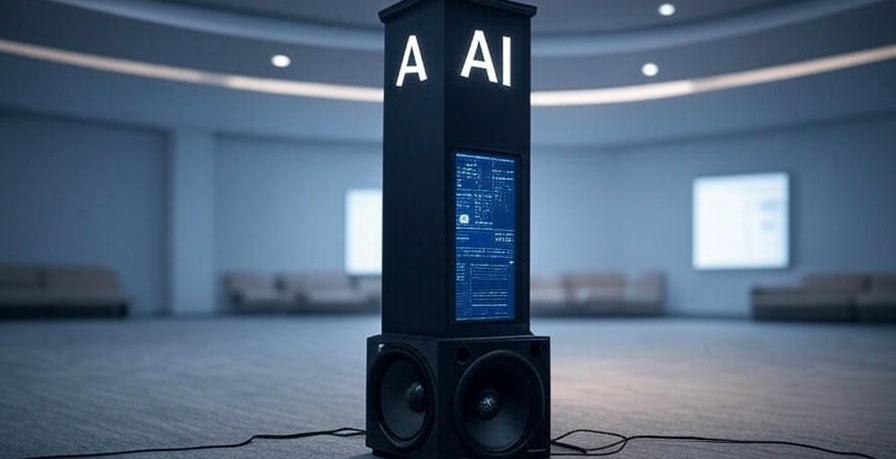
The Real-Time Revolution in Generative AI
A new wave of AI experimentation is sweeping across tech labs and creative studios. Generative models, once limited to slow and complex processing, have now achieved real-time capabilities, producing synchronized sound and video in milliseconds. This leap opens the door to live AI-powered performances, streaming, and fully automated content generation.
How Real-Time AI Works
Powered by advanced neural networks and edge computing, real-time generative models analyze live inputs and generate synchronized outputs instantly. Unlike previous models requiring lengthy rendering, these systems handle voice synthesis, sound effects, video animation, and dynamic scene creation on-the-fly, adapting to changing inputs in real-time.
New Tools for Live Streaming and Performances
Musicians, DJs, and content creators are among the first adopters. AI models now improvise music in live concerts, dynamically generate backgrounds for streamers, and animate virtual avatars with perfect lip-sync accuracy. Real-time AI offers interactive experiences previously impossible with static, pre-rendered content.
Applications Across Multiple Industries
Beyond entertainment, real-time AI synthesis is being tested in telemedicine (virtual consultations with AI-driven visuals), education (interactive AI tutors), gaming (adaptive environments and NPC dialogue), and business (virtual meetings with live avatars). The technology is rapidly blurring the line between physical and virtual reality.
Technical Challenges and Solutions
Achieving low-latency AI synthesis requires cutting-edge hardware optimization and efficient data pipelines. Cloud-edge hybrid systems ensure that AI models operate fast enough for live interaction, while new compression algorithms reduce data bottlenecks without sacrificing quality.
Ethical Concerns and Content Authenticity
Real-time AI raises complex ethical questions. Live AI-generated content could easily produce deepfake-like manipulations, misleading audiences. Regulators are exploring standards for disclosure, watermarking, and content authentication to prevent abuse.
Investment and Market Expansion
Venture capital firms are rapidly funding startups developing real-time AI engines. Analysts forecast that the real-time AI content creation market could reach $15 billion by 2030, fueling innovation across media, events, and metaverse applications.
The Future of Human-AI Co-Creation
Experts believe real-time generative AI will redefine creative industries, turning AI into a real-time collaborator. Artists, producers, and educators may soon work alongside AI systems as creative partners, merging human vision with AI execution instantly.
